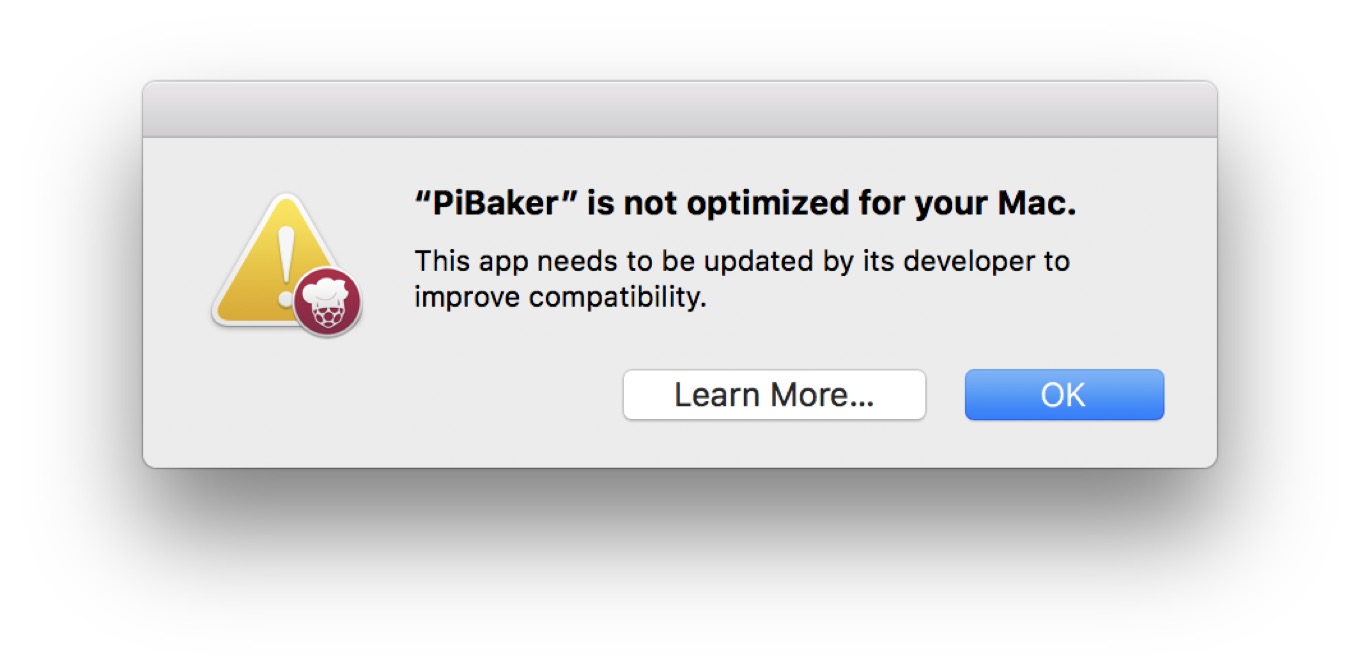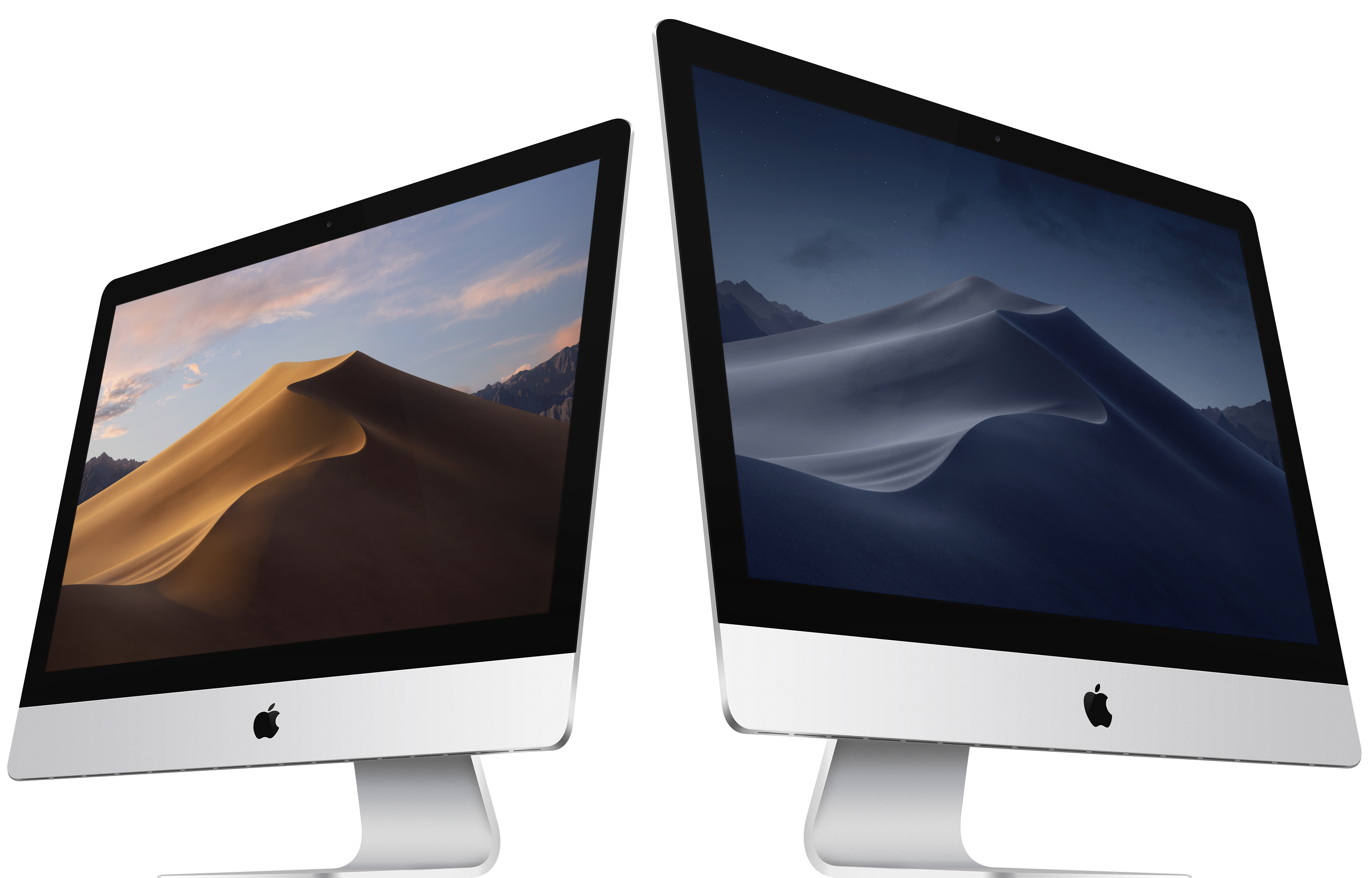
Over the past couple of OS releases, Apple has made it increasingly clear that 32-bit applications are on the way out. Starting with macOS High Sierra 10.13.4, launching a 32-bit application for the first time will result in a message similar to this being displayed:
- Jan 15, 2019 So, the answer to the question ‘will macOS Mojave run 32 bit apps’ is that it very much depends on the app. Technically, 32 bit apps in Mojave will run but with some limitations on what they are able to do. How do I know which apps are 32-bit? There’s a very simple way to find out which of the apps installed on your Mac are 32-bit.
- MacOS Mojave will officially be the last version of Apple’s Mac operating system to support 32-bit apps. But what if you absolutely need to use a 32-bit app going forward? While it isn’t exactly the easiest solution, you can always use a virtualization program to create a virtual machine running Mojave.
- Jul 12, 2020 3. How to run 32-bit apps on Mac. (solution for MacOS Catalina users). How to fix macOS older apps not running. How to switch between os on macos catalina. How to Download, Install & Set Up macOS Mojave. How to create a bootable macOS Mojave USB Install drive. Run 32-bit apps without parallel desktop software or virtual machine.
- Oct 24, 2019 One possible solution to the 32-bit application dilemma is to run a version of the latest macOS that fully supports your app in a virtual machine. A virtual machine, or VM, is an emulated computer running on top of your current OS installation as a program.
Jan 30, 2019 To assist with automating this task, a script is available which uses the /usr/sbin/systemprofiler command line tool to detect all 32-bit apps installed in /Applications, /Library or /usr/local and output the list to a logfile stored in /var/log. For more details, please see below the jump. The script does the following: 1. In macOS Mojave 10.14, this alert appears once every 30 days when launching the app, as macOS 10.15 will not support 32-bit applications. When Mojave is installed, it will convert solid-state drives (SSDs), hard disk drives (HDDs), and Fusion Drives, from HFS Plus to APFS. On Fusion Drives using APFS, files will be moved to the SSD based on the.
macOS High Sierra 10.13.4 and later
macOS Mojave 10.14.x
When the Learn More… button in the alert window is clicked, the following Apple KBase article opens in your default web browser:
Macos Catalina 32 Bit
32-bit app compatibility with macOS High Sierra 10.13.4 and later
https://support.apple.com/HT208436
To help identify if and where 32-bit applications have been installed, you can use /Applications/Utilities/System Information.app‘s list of installed software to identify which installed applications show up with the following status:
64-Bit (Intel): No
To assist with automating this task, a script is available which uses the /usr/sbin/system_profiler command line tool to detect all 32-bit apps installed in /Applications, /Library or /usr/local and output the list to a logfile stored in /var/log. For more details, please see below the jump.
The script does the following:
1. Checks to see if the script is being run as root.
2. Checks to see if the designated log file is present and creates it if it isn’t.
3. Uses /usr/sbin/system_profiler to pull the complete list of installed applications
4. Filters all applications that are not 64-Bit (Intel) applications.
5. Excludes all non-64-bit applications that are not stored in one of the following locations or their included directories:
/Applications
/Library
/usr/local
6. Outputs the following output to the log:
If any 32-bit applications are found in /Applications, /Library or /usr/local, the path to the delected 32-bit application or applications are listed in the log:
/path/to/32bit_application_name_here.app
If no 32-bit applications are found in /Applications, /Library or /usr/local, the following is output to the log:

No 32-bit applications found in /Applications, /Library or /usr/local.
Macos Mojave 32 Bit Apps Free
The script is available below and also on GitHub at the following address: